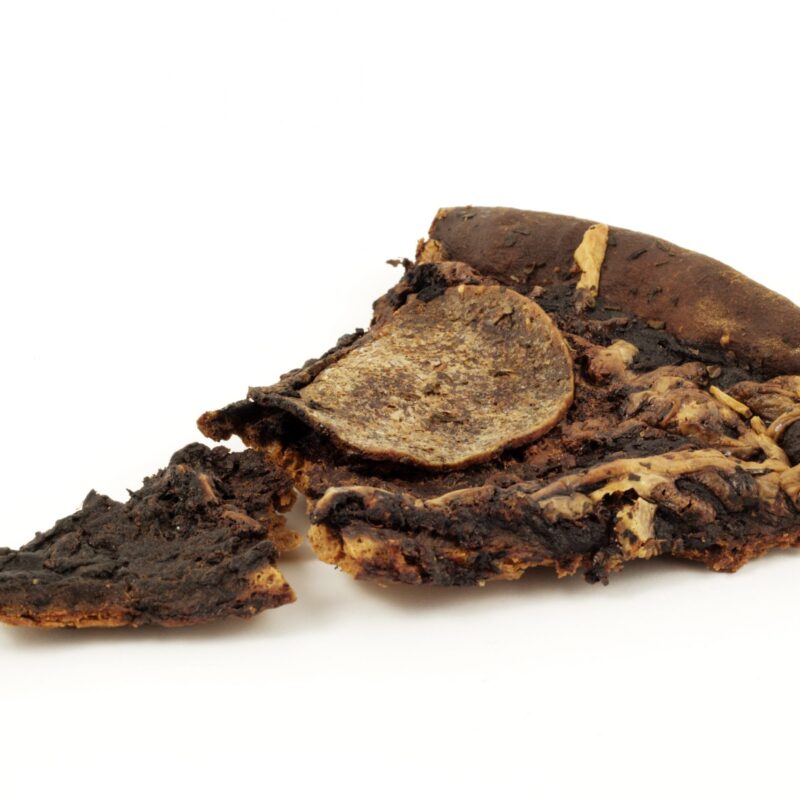In a culture awash with pointless crap to look at, still-life painting has never been more relevant. It is the loudspeaker calling out departures above the station din. It’s the artist’s voice saying, “Look—here’s an object that you didn’t know was fascinating. I’m going to show you how it’s fascinating.” Or as Elizabeth Crawford put it on a recent evening, after using the last hours of sunlight to finish a few of her new exhibit’s paintings, “there is a joy in the visual experience.”
|
In paintings like “Totem Pole,” the local still-life artist Elizabeth Crawford injects the mundane with bursts of motion and life. |
Hung from the high walls of Second Street’s main gallery, Crawford’s “Visuality” permits visitors to roam the curious landscape of everyday things—a worn shoe, a blanket’s inviting fuzz, a coil of plastic-coated cable like the kind you once wrapped around your finger (if you’re old enough to remember corded phones). In one piece, two Ziploc bags sit on a table, puffed up and open-mouthed like trophy bass. In work that evokes the unmistakable clatter of a worn aluminum ladder, or the childish impulse to squish a freshly folded blanket, Crawford uses the subject matter to form a narrative, with her interpretation pushing against the viewer’s memory of that object.
Crawford says she invests significant time in preparatory drawings before creating the final textures and colors in paint. She always paints looking at the object itself, rather than at photos, which she says helps her achieve the style she likes. That style creates an unlikely sense of motion: In one painting, the yellow head of a tape measure sticks out 5 1/2" and feels like it’s about to snap back into its shell.
She points out that too much meticulous detail can actually be jarring to the eye. From 10′ away, the blankets in particular look almost photorealistic. Thousands of brush strokes no wider than a pen cap work though the particularly challenging reproduction of curved cloth and reflective nylon. At a closer range, Crawford balances her representational style with slightly broader swaths of color and shape.
While this type of painting calls to mind the painstaking attention, patience and technical skill it must take to create, Crawford said she can spend as much time choosing a subject as she does painting it. Following art school in the 1980s, she said she often found inspiration in the pleasantly designed containers for products she used supporting herself as a cleaner in Brooklyn. These days it might be a sock from her 13-year-old son that appears mysteriously, like a strange tongue, draped across a desk in her Charlottesville home. In any case, her paintings give viewers a rare chance to indulge in the careful study of a single thing, to ignore everything else and remember how engaging small corners of the world can be.
“It’s a little more metaphysical,” Crawford says. “It’s a little bit more about the act of seeing it all.”
/1.jpg)





